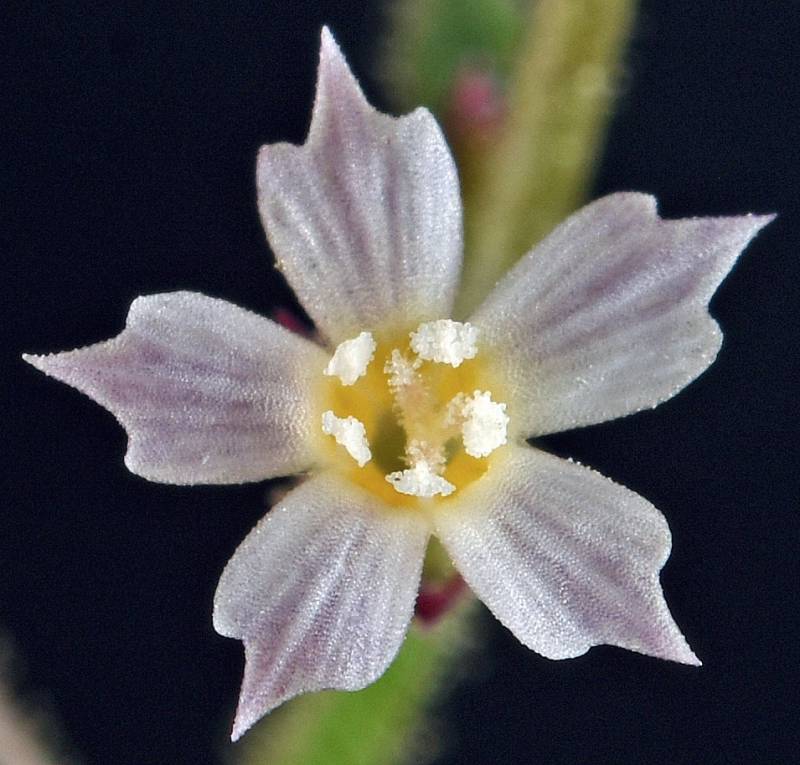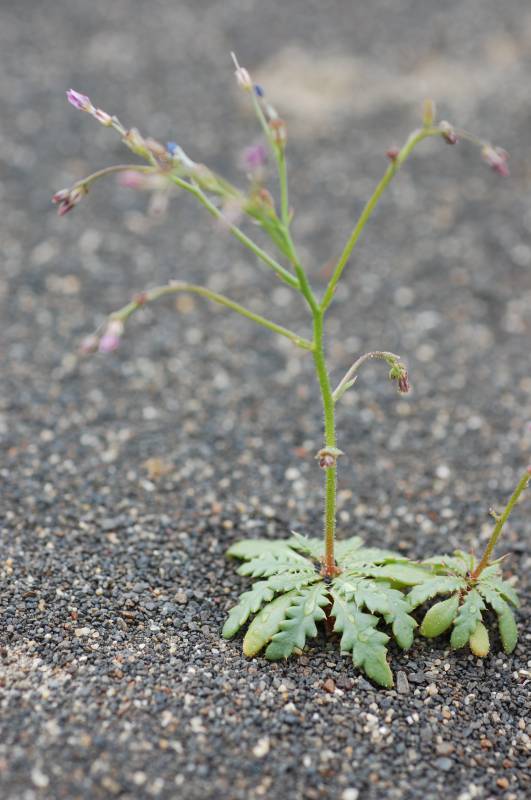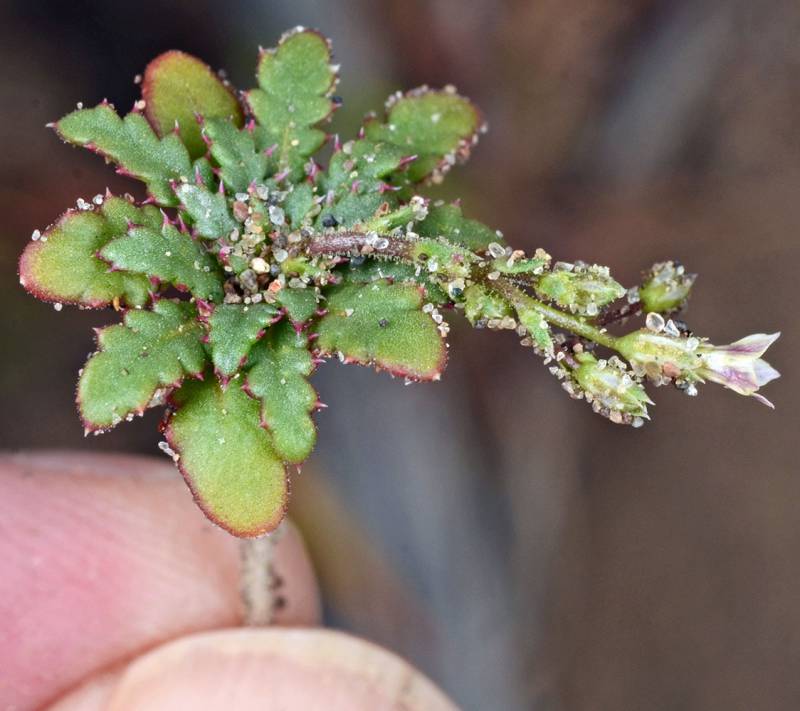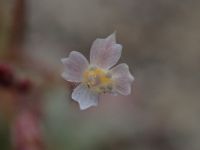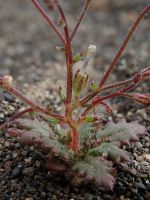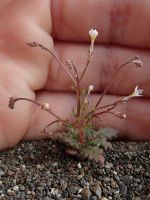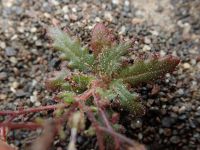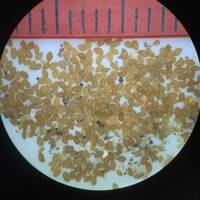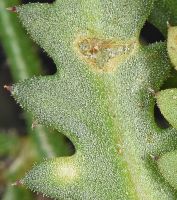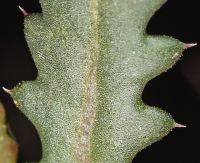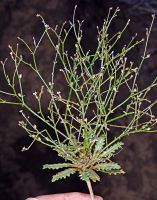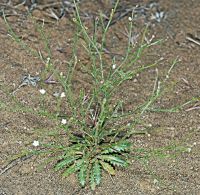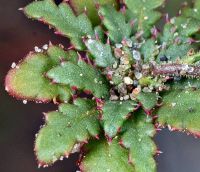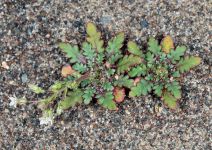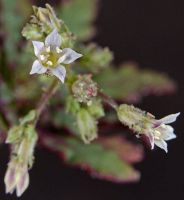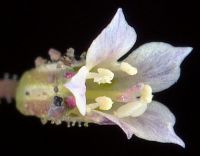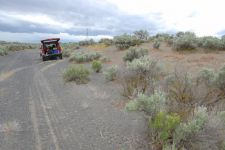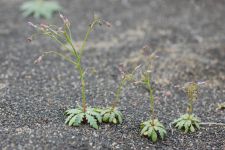Distribution: Occurring east of the Cascades crest in Washington; Washington south to California, east to the Rocky Mountains.
Habitat: Open, sandy and rocky areas in sagebrush steppe from low to middle elevations.
Flowers: April-June
Origin: Native
Growth Duration: Annual
Conservation Status: Threatened in Washington (WANHP)
Annual, branches ascending and numerous, thread-like, often puberulent to glandular; stems 2-23 cm long.
Basal leaves lanceolate or linear, either toothed or round-lobed, mucronate, leaves 1-6 cm long; cauline leaves linear, entire, equal length to basal.
Inflorescence of 1-3 in bract axils; Sepals lobe tips thickened; petals 4-7 mm long, tube often 1 to 3 times greater than diameter of calyx, thread-like, color purple with a yellow throat, lobes truncate-acuminate, white adaxially, purple abaxially; styles can be exserted; stamen can be exserted.
Narrowly ellipsoid capsule, 3-5 mm long; seeds number 3 to many, yellow to brown, not gelatinous when wet.
Publication: Aliso 17(1): 38. 1998.
Gilia leptomeria A. Gray var. leptomeria [HC]
PNW Herbaria: Specimen records of Aliciella leptomeria in the Consortium of Pacific Northwest Herbaria database
WA Flora Checklist: Aliciella leptomeria checklist entry
OregonFlora: Aliciella leptomeria information
E-Flora BC: Aliciella leptomeria atlas page
CalPhotos: Aliciella leptomeria photos

